The University of Memphis’ Office of Technology Transfer, housed out of the Division of Research & Innovation, received word that a number of patents submitted have been allowed by the U.S. Patent and Trademark Office, as well as internationally in Australia, Japan, and China.
Dipankar Dasgupta, a professor in Computer Science at the U of M and director of the Center for Information Assurance, was the lead designer on the patent, with assistance from Roy Arunava, Ghosh Debasis, and Kumar Nag Abhijit.
The patent, which is for “Adaptive Multi-Factor Authentication System with Multi-User Permission Strategy to Access Sensitive Information,” allows admin users the ability to give different permissions to other users based on their positions in a network. The goal of this system is to allow companies and government entities more control when handling sensitive data.
“Classified data breach and sensitive information leakage continues to be a major concern,” says Dasgupta. “We need a robust auditing mechanism of such information access, and the novelty of this innovation lies in combining adaptive multi-factor authentication to verify identity of the user and permission-based user access to sensitive information, providing end-to-end non-repudiated accountability in cyber systems.”
The University of Memphis and SweetBio Inc. also received patent allowances from Australia and Japan, and an issued patent from China for their work in tissue regeneration. The patent for “Compositions and Methods for Enhancing Healing and Regeneration of Bone and Soft Tissue” lists Gary Bowlin, a professor of Biomedical Engineering, and Isaac Rodriguez, a former postdoctoral fellow in Biomedical Engineering and co-founder and chief science officer at SweetBio Inc., as the named inventors.
The patent outlines a technique in which soft and hard tissue could be regenerated using polymer, honey, and a synthetic filler. The invention is currently being commercialized by SweetBio, Inc. for wound-care applications.
“Honey has been used for millennia as a topical, short term, yet slightly messy material to treat wounds,” Says Rodriguez “These newly granted patents push the boundaries of how honey can be used for tissue regeneration both outside and inside the body.”
More information on these patents as well as other work done by the Office of Technology Transfer can be found at the University of Memphis’ website.



 Photo by Bitcoin BCH
Photo by Bitcoin BCH 

 Courtesy of CodeCrew
Courtesy of CodeCrew 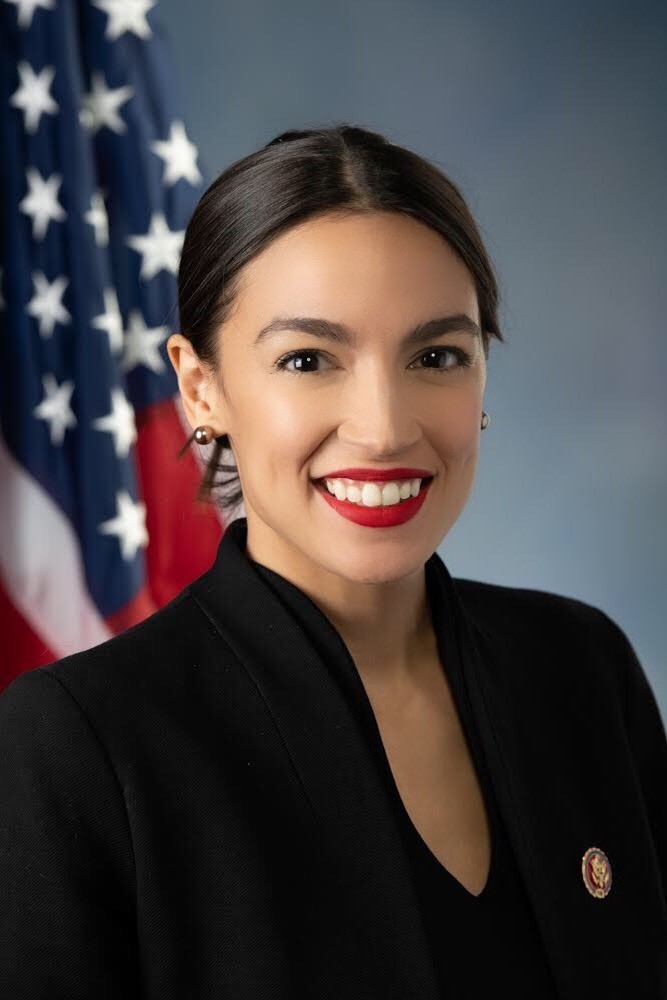
 University of Memphis/Facebook
University of Memphis/Facebook 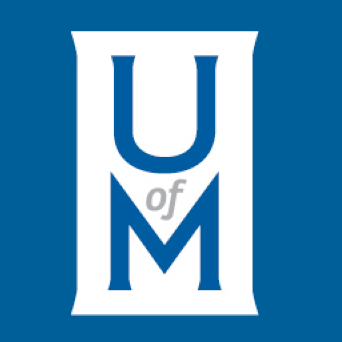
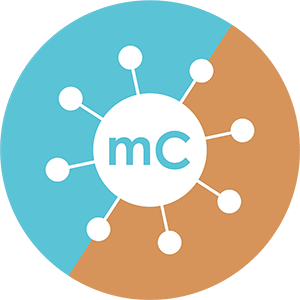
 mContain
mContain  mContain
mContain 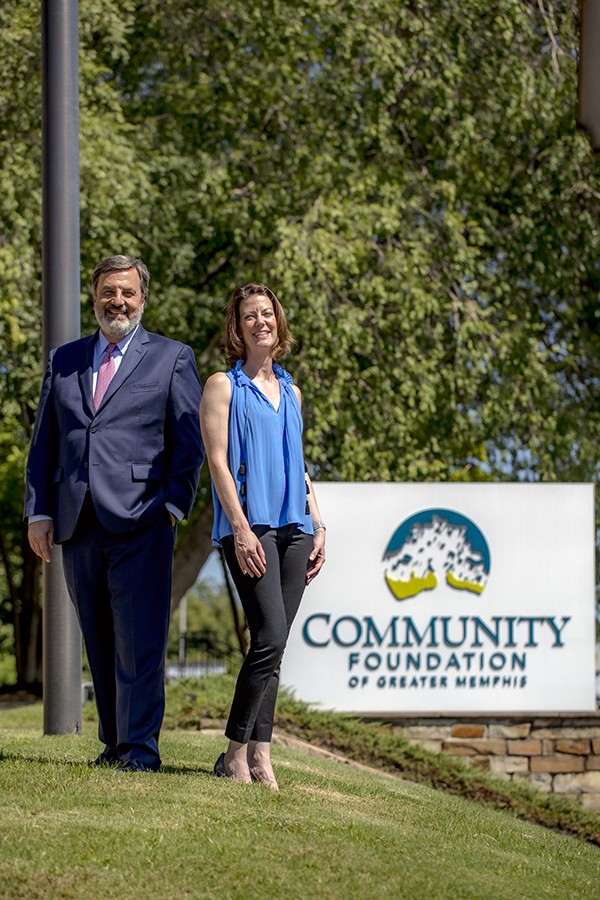 Justin Fox Burks
Justin Fox Burks 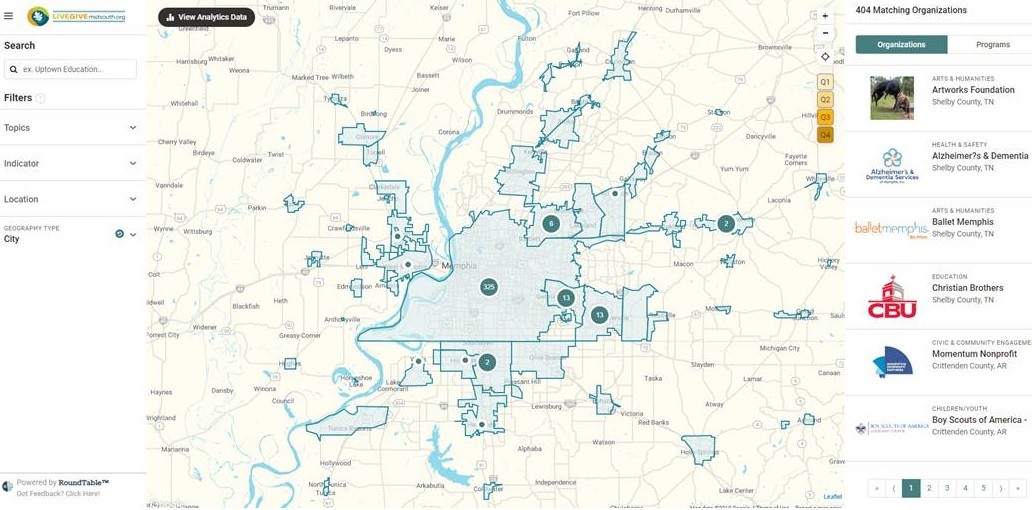 Community Foundation of Greater Memphis
Community Foundation of Greater Memphis  Community Foundation of Greater Memphis
Community Foundation of Greater Memphis 
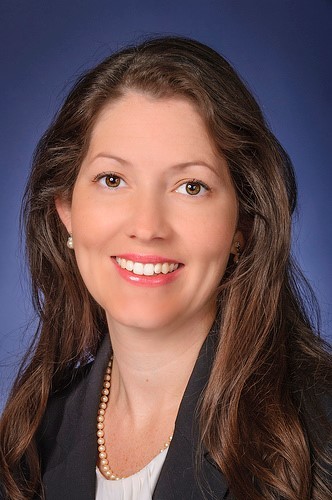 University of Memphis
University of Memphis 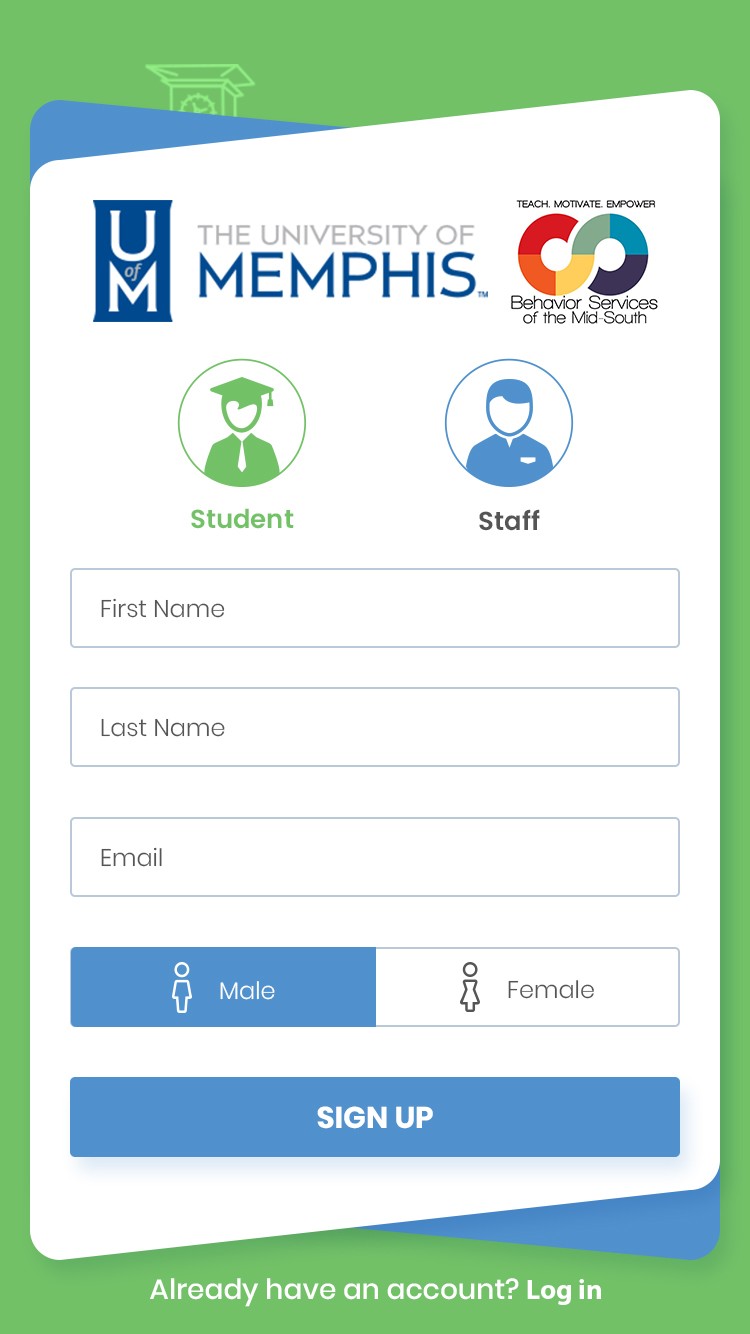 Green Living
Green Living 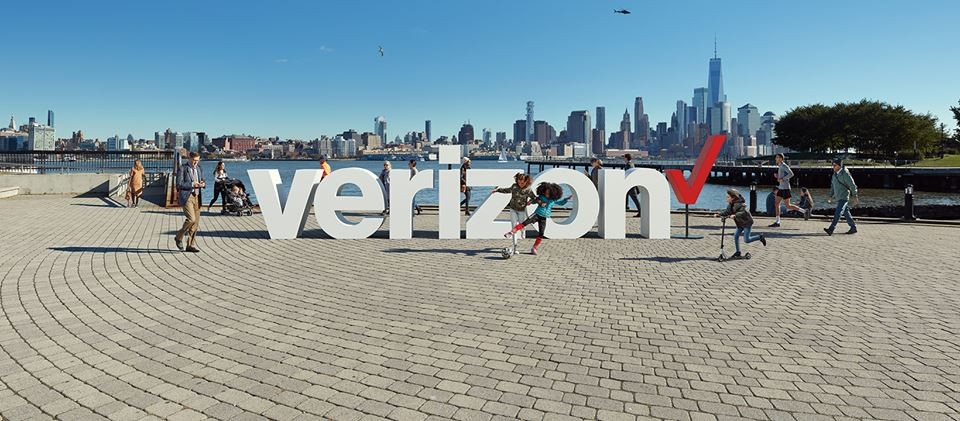 Verizon/Facebook
Verizon/Facebook 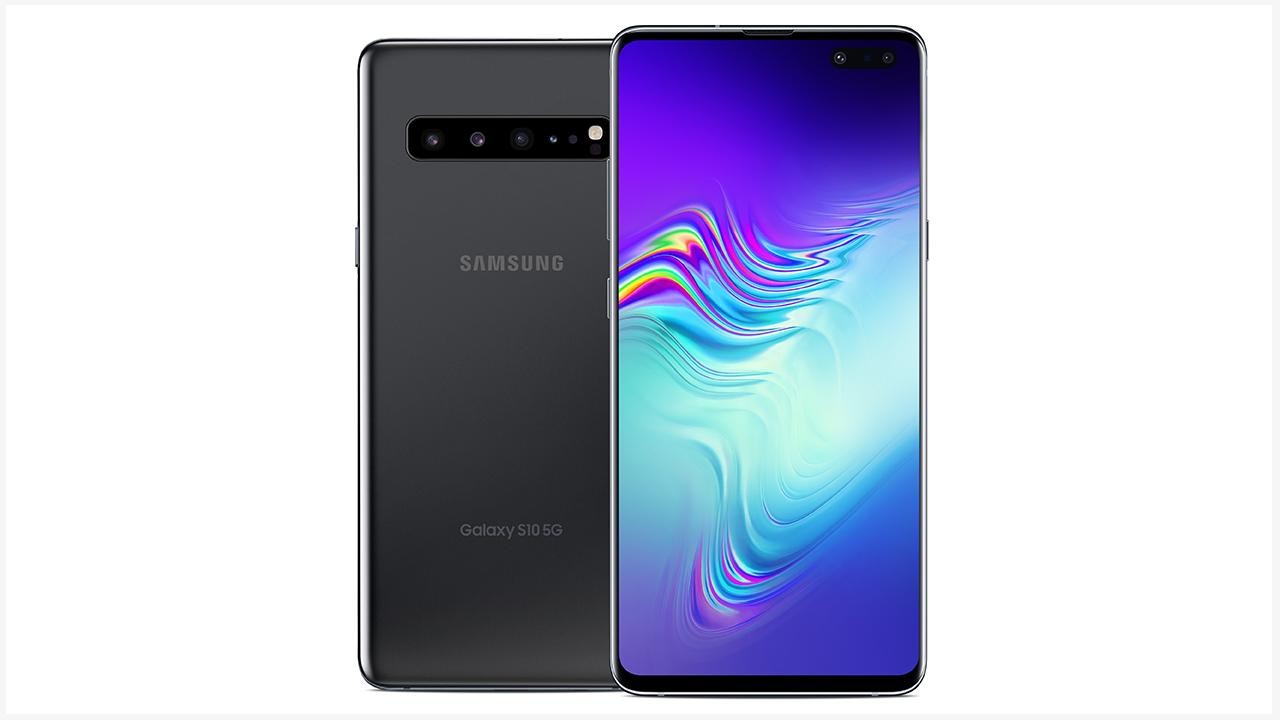 Verizon/Facebook
Verizon/Facebook